Video Value Series #2: The Value of Middle Video
This paper is the second in a series of three papers on the value of video in organizations. They are intended to provide a basis for analyzing roles and use cases for video from a value and ROI perspective. This paper focuses on the value of video for the middle manager. To better understand this paper, reading the first paper "Selling Versus Task Collaboration and Video Value" will enable understanding the concepts.
In the first paper the concept of Selling versus Task Based Collaboration was defined. The difference between Western and Asian communications styles comes into play in the value of video. In Figure 1, the differences between Western and Asian communication can be seen. In most Asian cultures, common courtesy precludes a hard "no" in an interaction. As both the requestor and the respondent are seen to lose face in such a response, a "no" response is generally one that does not actively say no, but through the combination of verbiage and appearance while the response is said indicates to the requester that their request cannot be honored. As this interaction methodology extends into established business relationships, the value of face to face and therefore video extends much farther in Asian cultures. This explains why 50% of H323 video has been adopted in Asia. To be clear, this is not in any way a positive or negative about the differences between the cultures, but a recognition of the reality of different paradigms of communications.
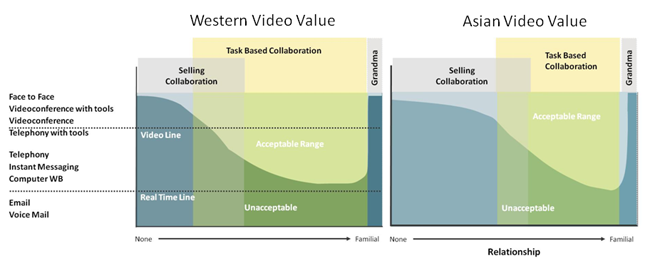
Figure 1 Western versus Asian Video Value
As was discussed in the first paper, there is a major hole in today's video, the Occasional Selling Collaborator. As shown on Figure 2, this is the middle manager or lower level executive caught between the Executive Video user and the room system. As most of the Occasional Selling Collaborators needs for video are one on one, using the room system is perceived as both inconvenient and complicated. The Occasional Selling Collaborator is a mid-manager who does Task Based Collaboration 80-90% of the time. He or she uses Selling Based Collaboration 10-20% of the time. This is due to an interesting characteristic of inter-human behavior in organizations. For these mid-level managers, their common interaction mode with their peers is task based. For example, two product managers normally interact on topics that are both mutually beneficial and part of their shared responsibility, However, when one requires the other to implement a capability that only has value for the requestor, the response is often more akin to Asian communications. Knowing that a hard '"no" will potentially drive an escalation and some level of intervention from above, the receiving manager often responds with a "best effort" type of response. The requestor, acting on the basis of the majority of interactions that are task based, does not understand the hidden "no" in the response. The result is often significant mis-alignment and waste of resources as the outcomes do not align.
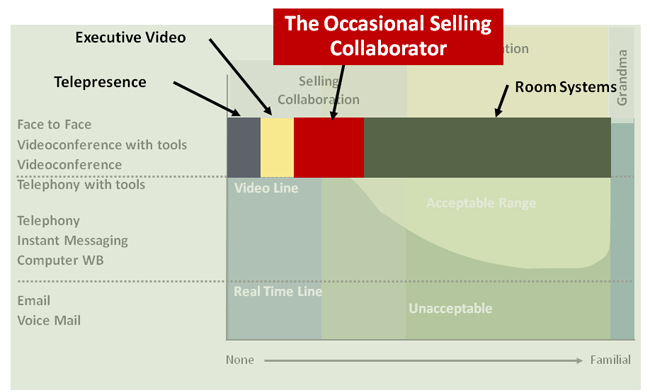
Figure 2 The Occasional Selling Collaborator
Figure 3 shows the previous model for communications modes flipped 90 degrees on the left and laid against the organizational pyramid. The result is a clear identification of the Occasional Selling Collaborator in the organization. Above this role, Selling Collaboration is the predominant communications form, while below, most roles are predominately task focused. This role is unique in requiring a mix of both.
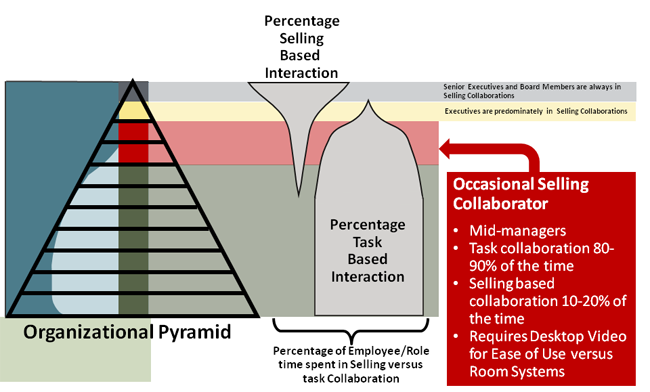
Figure 3 Organizational Structure of Collaboration
The value of video for the Occasional Selling Collaborator is not in the travel value, while there may be some value there, it is rather in the quality of the interaction decisions when the Selling Collaboration mode is required. In a typical organization of reasonable size, the Occasional Selling Manager will manage 50-100 people. This is shown in Figure 4 as the span below this role in the organization. Using this structure, it is possible to define the value of middle video, not for travel, but for organizational effectiveness. If we assume that the manager does Selling Collaboration 10-20% of the time and for those activities is dependent on a co-worker with non-aligned goals. The activity requires confirming commitment from others - typically one-on-one, where there is a dependencies without accountability.
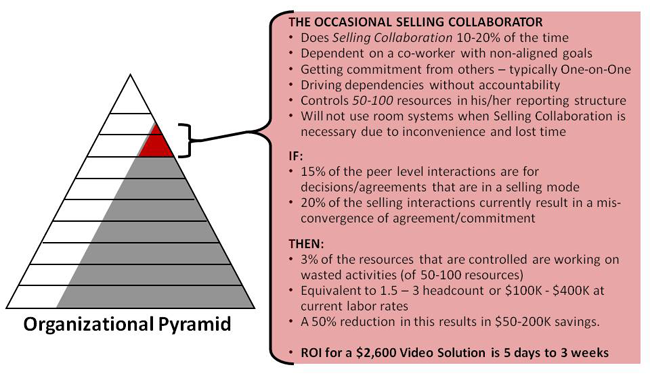
Figure 4 Video Value for the Occasional Selling Collaborator
If 15% of the peer level interactions are for decisions/agreements that are in a selling mode and of those, 20% of the selling interactions currently result in a mis-convergence of agreement/commitment, the result is that 3% (15% x 20%) of the investment of resources driven by that manager will be mis-aligned and therefore "wasted." This is equivalent to 1.5-3 headcount or $100-400K at current labor rates. If having an adequate video answer for this manager to use for those interactions would result in a reduction of misalignment by 50%, the result is a $50-200K annual savings. If we assume the video system for this level of manger costs about $2K to purchase and can be operated for video time for about $50 per month, then the cost for the first year is $2,600, and the payback is five days to three weeks. Obviously this is a great organizational value and investment.
Finally, the value of middle video to the value of executive video can be contrasted. If it is assumed that the primary value of executive video is travel avoidance as the executive would require a face-to-face meeting if video was not available, the value of executive video can be calculated. In Figure 5, the value of executive video is shown based on two factors; the cost of travel and productivity gains for the executive for non-travel time saved. As can be seen, the travel savings are assumed to be $72K based on 36 trips per year and the productivity gain is 10% of an average salary of $400K. The result is a savings per executive of $112K If we assume that each executive has five mid-managers that are Occasional Selling Collaborators and that they can save on average $100K per year using video for those interactions, the total savings for the direct reports to that executive are $500k, or over four times the savings for the executive alone. If the same concepts apply to the next level of manager, but on a lower percentage basis, this number could be doubled or even greater.
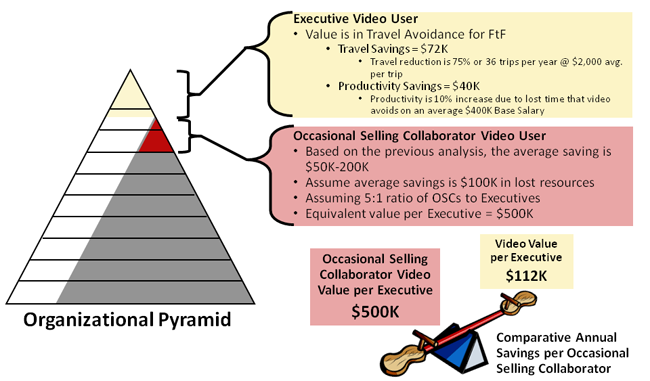
Figure 5 Executive versus Occasional Selling Collaborator Video Value
This analysis clearly shows that video for lower levels in the organization is potentially a great investment, but not as room systems or difficult-to-use environments. For this to be of value, it must meet four criteria:
-
The systems must be ubiquitous across the mid-managers who have been identified as Occasional Selling Collaborators to assure that both ends of a discussion have it.
-
It must be co-located with the normal work space of the manager so that it can be used whenever a situation that requires video arises. This is especially important as many of these events will be ad-hoc, not scheduled.
-
It needs to be easy to establish and manage the video connections so use is not avoided due to complexity or distraction.
-
The video quality must be sufficient to identify visual response characteristics of agreement and alignment. This includes both resolution and video size. As many of these clues are non-facial, having the systems enable a torso view is generally superior.
Finally, the organization must be clear about the value of this for employees and train managers on when to use video in their interactions. As video is not required in the majority of cases, understanding when to use video in a specific interaction will be critical to positive outcomes. This has the further benefit of having the use of video by the requesting party becoming an emphasis to the receiving party that the requestor is looking for agreement and support.
In the next paper the topic of organizational waste through meeting tourism and the value of video to minimize this issue will be discussed.
![]()
Also on UCStrategies.com in this series:
Tags
Start YourCustomized Search
SOLUTION AREA
SOLUTION PROVIDERS
- 8x8 (40) Apply 8x8 filter
- Alcatel-Lucent Enterprise (50) Apply Alcatel-Lucent Enterprise filter
- AT&T (44) Apply AT&T filter
- AudioCodes (49) Apply AudioCodes filter
- Avaya (397) Apply Avaya filter
- Cisco (574) Apply Cisco filter
- Dell (11) Apply Dell filter
- Five9 (54) Apply Five9 filter
- Fuze (39) Apply Fuze filter
- Genesys (100) Apply Genesys filter
- HP (98) Apply HP filter
- IBM (171) Apply IBM filter
- Jabra (9) Apply Jabra filter
- Logitech (56) Apply Logitech filter
- Lumen (4) Apply Lumen filter
- Masergy (50) Apply Masergy filter
- Microsoft (766) Apply Microsoft filter
- Mitel (233) Apply Mitel filter
- NEC (128) Apply NEC filter
- Nectar (58) Apply Nectar filter
- Polycom (95) Apply Polycom filter
- Ramp (37) Apply Ramp filter
- RingCentral (126) Apply RingCentral filter
- Sennheiser (18) Apply Sennheiser filter
- Slack (13) Apply Slack filter
- Tata Communications (59) Apply Tata Communications filter
- Unify (186) Apply Unify filter
- Vonage Business (80) Apply Vonage Business filter
- Yealink (8) Apply Yealink filter
- Zoom (21) Apply Zoom filter
- Acme Packet (24) Apply Acme Packet filter
- Allworx (2) Apply Allworx filter
- Arkadin (22) Apply Arkadin filter
- Aspect (34) Apply Aspect filter
- BT (25) Apply BT filter
- CaféX (8) Apply CaféX filter
- CallTower (14) Apply CallTower filter
- Clarity Connect (10) Apply Clarity Connect filter
- Continuant (1) Apply Continuant filter
- Damaka (4) Apply Damaka filter
- Dialogic (5) Apply Dialogic filter
- Dimension Data (44) Apply Dimension Data filter
- Empirix (11) Apply Empirix filter
- Enghouse Interactive (17) Apply Enghouse Interactive filter
- Inference Solutions (9) Apply Inference Solutions filter
- IntelePeer (27) Apply IntelePeer filter
- IR (11) Apply IR filter
- Jive (21) Apply Jive filter
- Kurmi Software (21) Apply Kurmi Software filter
- Lifesize (33) Apply Lifesize filter
- Lightware (3) Apply Lightware filter
- Mavenir (6) Apply Mavenir filter
- Modality Systems (8) Apply Modality Systems filter
- Momentum (36) Apply Momentum filter
- Netfortris (5) Apply Netfortris filter
- NetSapiens (6) Apply NetSapiens filter
- NewVoiceMedia (31) Apply NewVoiceMedia filter
- Nureva (26) Apply Nureva filter
- NUWAVE (5) Apply NUWAVE filter
- Orange (32) Apply Orange filter
- OVCC (8) Apply OVCC filter
- Panasonic (18) Apply Panasonic filter
- PanTerra Networks (9) Apply PanTerra Networks filter
- ScanSource (21) Apply ScanSource filter
- SIPPIO (3) Apply SIPPIO filter
- Snom (20) Apply Snom filter
- Star2Star (8) Apply Star2Star filter
- StarLeaf (12) Apply StarLeaf filter
- Tadiran Telecom (2) Apply Tadiran Telecom filter
- TekVizion (9) Apply TekVizion filter
- Unimax (7) Apply Unimax filter
- Verint (41) Apply Verint filter
- Voice4Net (2) Apply Voice4Net filter
- VOSS (85) Apply VOSS filter
- Voxbone (14) Apply Voxbone filter
- West (28) Apply West filter
- XO Communications (3) Apply XO Communications filter
- Yorktel (17) Apply Yorktel filter
- Zultys (2) Apply Zultys filter
- 3CX (8) Apply 3CX filter
- ADDASOUND (1) Apply ADDASOUND filter
- Aerohive (1) Apply Aerohive filter
- Aryaka (1) Apply Aryaka filter
- Asurion (22) Apply Asurion filter
- Avnet (7) Apply Avnet filter
- Bandwidth (5) Apply Bandwidth filter
- Calabrio (5) Apply Calabrio filter
- Consilium Software (13) Apply Consilium Software filter
- Drum (5) Apply Drum filter
- ESI (6) Apply ESI filter
- Esna (16) Apply Esna filter
- Exinda (2) Apply Exinda filter
- EZuce (3) Apply EZuce filter
- GUnify (6) Apply GUnify filter
- Highfive (4) Apply Highfive filter
- Huawei (47) Apply Huawei filter
- Imagicle (3) Apply Imagicle filter
- IPCortex (1) Apply IPCortex filter
- KnoahSoft (1) Apply KnoahSoft filter
- KOVA (1) Apply KOVA filter
- Logmein (9) Apply Logmein filter
- Metropolis Technologies (4) Apply Metropolis Technologies filter
- Mutare (2) Apply Mutare filter
- NextPlane (27) Apply NextPlane filter
- Ooma (16) Apply Ooma filter
- Patton (11) Apply Patton filter
- Radish Systems (1) Apply Radish Systems filter
- Radisys (3) Apply Radisys filter
- Shango (1) Apply Shango filter
- SMART (163) Apply SMART filter
- Stack8 (1) Apply Stack8 filter
- Swyx (1) Apply Swyx filter
- TrueConf (4) Apply TrueConf filter
- UJET (13) Apply UJET filter
- Voximplant (3) Apply Voximplant filter
CONTENT TYPE
- BC Expert Insights Market (43) Apply BC Expert Insights Market filter
- BC Expert Insights Objective - Vendor Neutral (42) Apply BC Expert Insights Objective - Vendor Neutral filter
- BC Expert Insights Planning (15) Apply BC Expert Insights Planning filter
- BC Expert Insights Solution (12) Apply BC Expert Insights Solution filter
- BC Expert Insights Vendor (80) Apply BC Expert Insights Vendor filter
- BC Expert Insights Vendor Solution (145) Apply BC Expert Insights Vendor Solution filter
- BC Expert Roundtable (133) Apply BC Expert Roundtable filter
- Bcs Webinar (0)
- Bcs Webinar Registration (0)
- Best Practice (38) Apply Best Practice filter
- Buyer Guide (14) Apply Buyer Guide filter
- Case Study (29) Apply Case Study filter
- Executive Interview (145) Apply Executive Interview filter
- Expert Roundtable (450) Apply Expert Roundtable filter
- Guest Contributions (35) Apply Guest Contributions filter
- Multimedia (38) Apply Multimedia filter
- News Analysis (2081) Apply News Analysis filter
- Newsfeed Article (1303) Apply Newsfeed Article filter
- Newsfeed Article (1) Apply Newsfeed Article filter
- Thought Leadership (21) Apply Thought Leadership filter
- Vendor Collateral (211) Apply Vendor Collateral filter
- Vendor Resource Best Practices (24) Apply Vendor Resource Best Practices filter
- Vendor Resource Buyers Guides (2) Apply Vendor Resource Buyers Guides filter
- Vendor Resource Multimedia Content (4) Apply Vendor Resource Multimedia Content filter
- Vendor Resource White Paper (4) Apply Vendor Resource White Paper filter
- Webinar (13) Apply Webinar filter
- Webinars (7) Apply Webinars filter
- White Paper (64) Apply White Paper filter
MORE FILTERS
INDUSTRY
- Banking And Investment (800) Apply Banking And Investment filter
- Education (446) Apply Education filter
- Energy And Utilities (487) Apply Energy And Utilities filter
- Finance (12) Apply Finance filter
- Government (675) Apply Government filter
- Healthcare (482) Apply Healthcare filter
- Hospitality (180) Apply Hospitality filter
- Insurance (100) Apply Insurance filter
- Manufacturing (704) Apply Manufacturing filter
- Media/Publishing (422) Apply Media/Publishing filter
- None (43) Apply None filter
- Professional Services (745) Apply Professional Services filter
- Retail & Distribution (798) Apply Retail & Distribution filter
- Technology (1611) Apply Technology filter
- Transportation (110) Apply Transportation filter
PUBLICATION DATE
Latest Articles
Latest Articles
































































































































































Comments
There are currently no comments on this article.
You must be a registered user to make comments